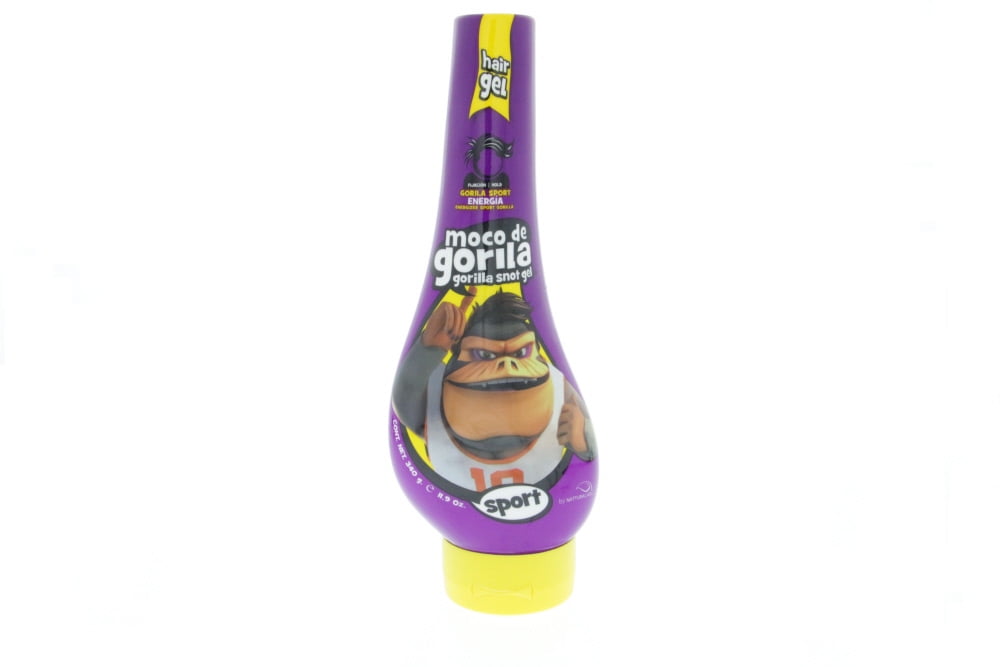
Many brands of hair gel in North America and the UK come in numbered variants. Marketed under the brand name Dep, modern hair gel was given this name by its inventor, Luis Montoya, in recognition of the substance that gave it its unique, non-greasy consistency: diethyl phthalate, commonly abbreviated as DEP. In the 1960s, modern hair gel was invented in the United States, by what would later be renamed the Dep Corporation. In 1929, the British company Chemico Works invented Brylcreem, which became the market leader among hair styling products in both the U.K.

A fixative that displaced the soaps and oils used for this purpose. Soon the word "gomina" became synonymous with fixative. For this, he mixed gum Arabic, Persian tragacanth and different essences. In 1914, in a small pharmacy located in the heart of Buenos Aires, Argentina (Florida at 600), veterinary student José Antonio Brancato mixed a fixative for hair which would carry the name "gomina" as a registered trademark. The Irish bog body Clonycavan Man, which has been radiocarbon dated to between 392 BC and 201 BC, was found to have been using a hair gel made from pine tree resin imported from Spain or South-west France. The oldest is approximately 3,500 years old, but most were excavated from a cemetery in the Dakhleh Oasis in the Western Desert and date from Greco-Roman times, around 2,300 years ago. Natalie McCreesh, an archaeological scientist from the KNH Centre for Biomedical Egyptology at the University of Manchester, England, and her colleagues studied hair samples taken from 18 mummies. The researchers behind the analysis say that the Egyptians used the product to ensure that their style stayed in place in both life and death. Analysis of ancient Egyptian mummies has shown that they styled their hair using a fat-based gel.


 0 kommentar(er)
0 kommentar(er)
